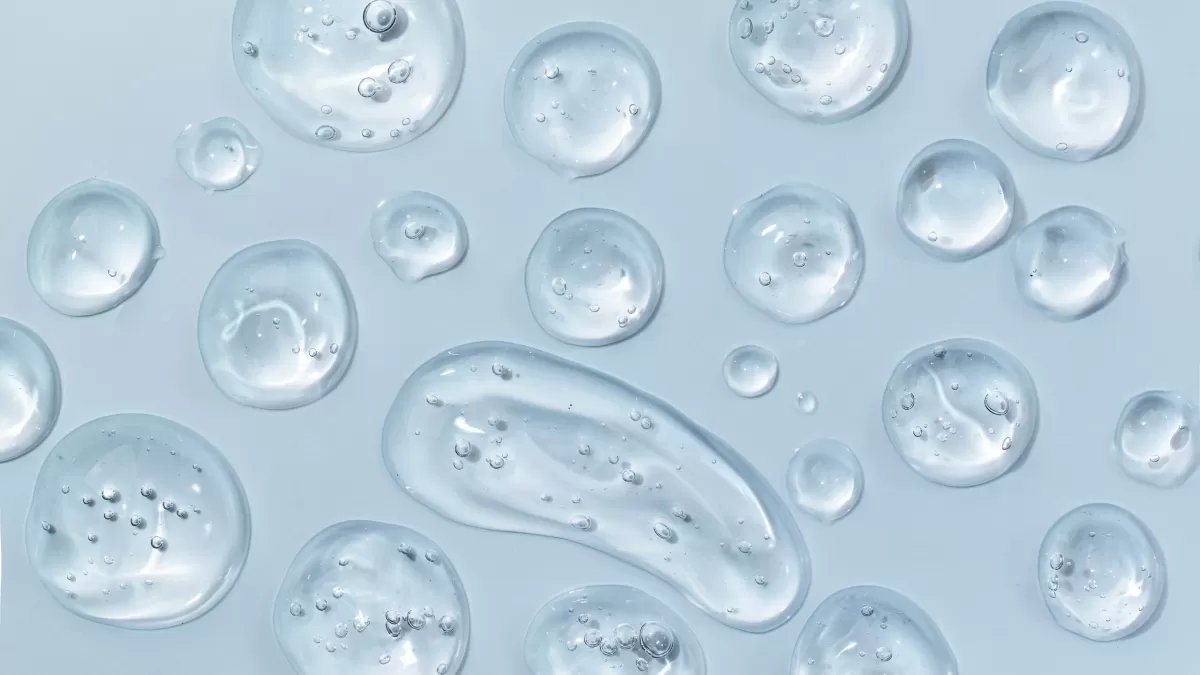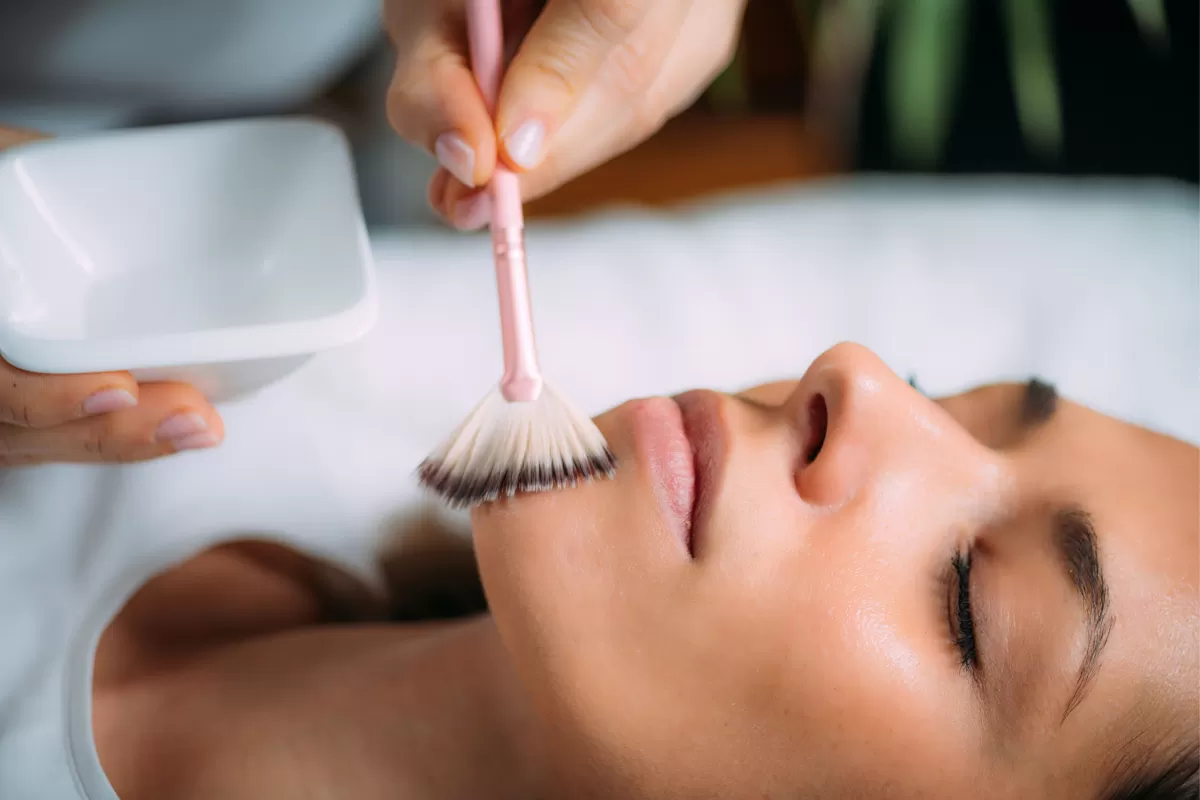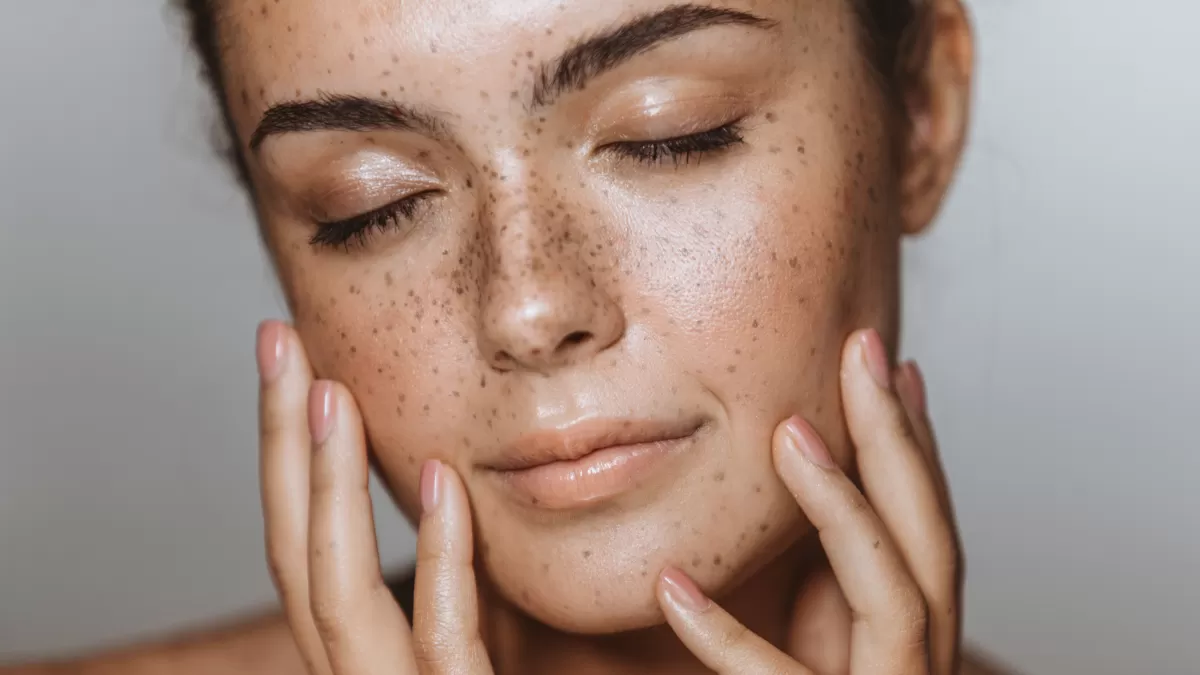Niacinamide: The Versatile Skincare Superstar

Niacinamide: The Versatile Skincare Superstar
What Is Niacinamide?
Niacinamide, also known as Vitamin B3, is a water-soluble vitamin that offers a multitude of benefits for the skin. Known for its soothing, anti-inflammatory, and restorative properties, Niacinamide is one of the most versatile and well-tolerated skincare ingredients. It’s widely used to address issues like acne, redness, hyperpigmentation, and signs of aging.
Origins of the Niacinamide
In nature, Vitamin B3 is present in a variety of foods, including fish, meat, eggs, leafy vegetables, and grains. Historically, Vitamin B3 was first discovered in the early 20th century as scientists researched ways to prevent pellagra, a disease caused by a deficiency in niacin. Research on niacinamide revealed its unique ability to boost skin health, due to its role in cellular energy production and skin barrier function, sparking its popularity as a powerful, multifunctional ingredient in modern skincare.
How Does It Work? (Mechanism of Action)
Niacinamide works by supporting the skin’s natural barrier function, which helps retain moisture and protect against environmental damage. It enhances cellular energy production, which aids in skin repair and rejuvenation. Niacinamide also reduces the production of sebum, which helps with acne control, and inhibits the transfer of melanin to skin cells, effectively reducing pigmentation. Additionally, it has anti-inflammatory properties, making it ideal for calming redness and irritation.
Key Benefits
- Reduces Redness and Inflammation: Calms irritated skin, making it a great option for sensitive or acne-prone skin.
- Improves Skin Barrier: Strengthens the skin’s natural defense against moisture loss and environmental stressors.
- Minimizes Pores and Regulates Sebum Production: Reduces pore appearance and controls oil, leading to smoother skin texture.
- Brightens Skin Tone: Reduces hyperpigmentation and dark spots for a more even, radiant complexion.
Who Can Use It?
Niacinamide is suitable for all skin types, including sensitive, dry, and acne-prone skin. Its gentle nature makes it a popular choice for those who may not tolerate stronger active ingredients, like retinoids or Vitamin C, yet still want significant skin benefits.
Works Well in Combination With
- Hyaluronic Acid: Enhances hydration and helps Niacinamide penetrate deeper into the skin, making it more effective.
- Retinol: Niacinamide helps reduce irritation associated with retinol and can enhance its anti-aging effects.
- Vitamin C: Both ingredients brighten the skin and offer antioxidant protection, though it’s best to use them at different times if you have sensitive skin.
How to Use It
Niacinamide is highly versatile and can be used in both morning and evening routines. Apply it after cleansing and before moisturizing. It’s commonly found in serums, creams, and moisturizers, often in concentrations between 2-10%. Niacinamide is well-tolerated by most people, so it can be safely incorporated into your daily skincare routine.
FAQs
What concentration of Niacinamide is effective?
Concentrations of 2-5% are effective for most skin concerns, while 10% formulations are available for targeted results. Higher concentrations are safe but may cause mild irritation in some individuals.
Can I use Niacinamide with retinol?
Absolutely. Niacinamide pairs well with retinol and can help minimize the dryness or irritation retinol may cause.
Can I use Niacinamide with Vitamin C?
Yes, Niacinamide and Vitamin C can be used together. While previous research suggested they might cancel each other out, newer formulations have proven that they can coexist effectively, especially in well-formulated products.
Is Niacinamide suitable for oily and acne-prone skin?
Yes, Niacinamide helps regulate sebum production, making it ideal for oily and acne-prone skin. It also reduces inflammation and can help clear breakouts.
Does Niacinamide have side effects?
Niacinamide is generally well-tolerated, but some individuals may experience mild irritation, especially at higher concentrations. Start with lower concentrations if you’re new to Niacinamide.



